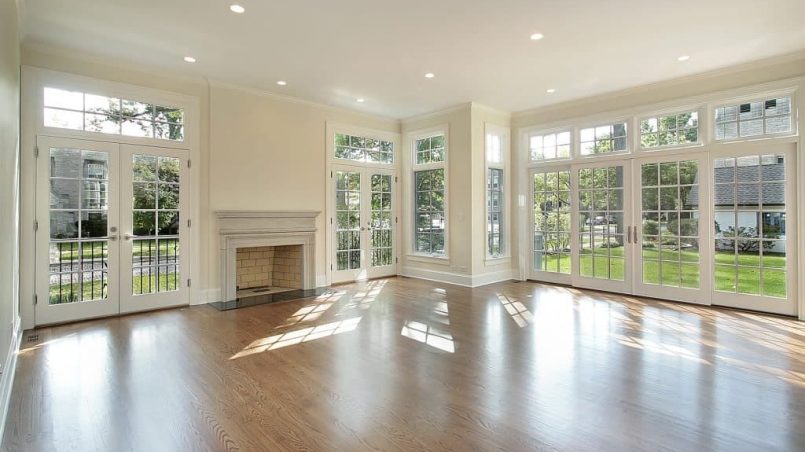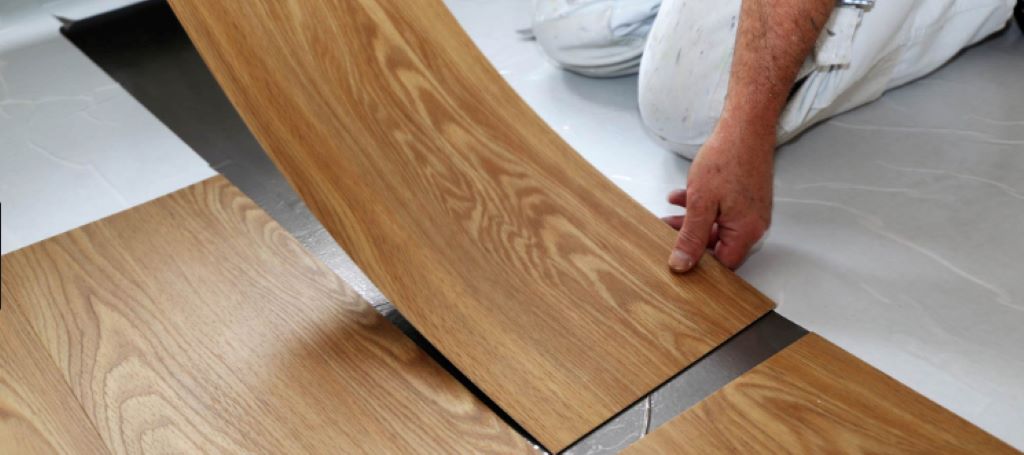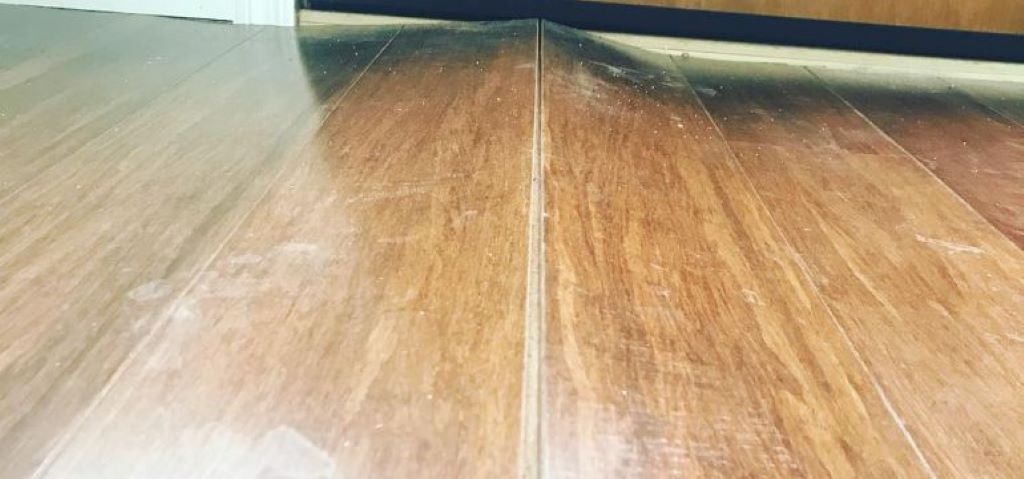Coretec flooring has become increasingly popular in recent years due to its durability, waterproof properties, and realistic wood and stone looks. However, like any flooring material, Coretec can develop issues over time. The good news is that many common Coretec flooring problems can be prevented or fixed with some simple solutions.
Inspect Your Floor Regularly
Preventing damage and deterioration is much easier than repairing it later. Get in the habit of examining your Coretec floors at least twice a year for any issues. Look for scratches, dents, loose planks, moisture damage, and anything else that seems problematic. Addressing problems when they first appear saves you trouble down the road.
Clean Up Spills Quickly: Coretec Flooring Problems
One of the biggest enemies of Coretec flooring is liquids. Water and other spills that aren’t cleaned up quickly can lead to swelling, warpage, discoloration, and delamination of the flooring. Always wipe up spills as soon as they happen. Pay extra attention around appliances like refrigerators, sinks, and dishwashers where leaks are more likely.
Use Protective Mats
Placing mats in high-traffic areas and at entranceways will help limit scratches, dents, and dirt. Make sure any mats you use are non-slip. Mats with rubber backing tend to stay in place better. Clean mats regularly to prevent grit from building up underneath. Avoid using rubber-backed mats for extended periods, as they can discolor vinyl flooring over time.
Manage Indentations
Items like furniture legs, pets, and high heels can dent Coretec flooring. When moving heavy objects, lift them instead of sliding them. Put felt pads under the feet of furniture and appliances. Keep pet nails trimmed. For minor dents, try covering it with a damp cloth and applying low heat from an iron or blow dryer. The moisture and heat can help the indentation rise back up.
Minimize Direct Sunlight Exposure
Exposure to direct sunlight can cause Coretec floors to fade, discolor, or swell over time. Install curtains, shades, or tinting on windows that get heavy sun exposure. Move area rugs occasionally to prevent inconsistent fading. Keeping the overall light levels lower will also help floors maintain their look. If some fading or discoloration does occur, talk to a flooring contractor about sanding/buffing to restore appearance.
Control Humidity Levels
Moisture is another top enemy of Coretec and other vinyl floors. Using dehumidifiers and ventilation fans can keep humidity within the 40-60% range that’s recommended for vinyl flooring. Run air conditioning during hot, humid summers. Make sure clothes dryers are properly vented outside. Watch for condensation on windows as a sign that humidity may be too high.
Use Proper Floor Cleaners: Coretec Flooring Problems
Harsh soaps, vinegars, and abrasive cleaners can damage Coretec floors. Stick to PH-neutral vinyl floor cleaners without oils. Additives like oil make surfaces slippery. Follow label instructions closely. Rinse floors thoroughly after cleaning. Consider adding an after-rinse vinyl floor cleaner to remove any residue. Stay away from “mop and shine” products that leave behind a glossy film.
Don’t Use Abrasive Pads or Brushes
Scrub brushes, steel wool, and cleaning pads that are too abrasive can scratch up Coretec floors. Soft microfiber mops and cloths are ideal. For tougher dirt, use a soft nylon scrub brush or white/red colored scrubbing pad. Avoid excessive scrubbing and only use minimal pressure. Rinse floors after scrubbing.
Address Standing Moisture Issues
Consistent moisture from sources like appliances, pipes, or foundations can cause vinyl flooring to bubble, peel, or discolor. Have any leaks or drips from appliances repaired. Make sure crawl spaces and basements have adequate drainage and ventilation. Standing water should be corrected immediately to limit damage. Using a dehumidifier can also help.
Manage Scratches
Light surface scratches are inevitable, even with proper floor care. For shallow scratches, use a vinyl scratch repair kit. These contain special fillers to seamlessly blend into the floor. For deeper gouges, the damaged plank may need to be replaced. Talk to a flooring installer about color-matching replacement planks for a smooth look.
Watch Out for Heavy Loads
Although durable, Coretec floors can become indented, scratched or sustain joint damage if heavy furniture, equipment, or appliances are dragged across them. Any extremely heavy objects should be placed directly onto plywood panels to disperse weight. Avoid dropping heavy or sharp items as they can chip or dent planks.
Consider Professional Help
For more complicated moisture damage, dents, repairs, or replacements, the best solution is to hire a professional Coretec flooring contractor. When considering the advantages and disadvantages of wood floors, it’s important to remember that professionals bring a unique set of skills and resources to the table, including specialized tools, moisture meters, and materials not available to homeowners, enabling them to match new planks seamlessly, sand out scratches, and expertly color-match repairs.
FAQs
- Why is my Coretec floor discolored or fading?
Fading and discoloration are usually caused by too much exposure to sunlight or moisture damage from water. Using window treatments, controlling indoor humidity, and promptly cleaning up spills can help prevent fading issues. For already discolored planks, sanding and buffing by a flooring contractor may improve appearance.
- What causes bubbling or peeling issues with Coretec floors?
Consistent moisture from sources like leaks, flooding, or high humidity levels can make Coretec flooring bubble and peel. Fix any water leaks right away. Use dehumidifiers to keep indoor humidity ideal between 40-60%. Ensure crawl spaces have adequate moisture barriers.
- How can I fix scratches and dents in my Coretec flooring?
For minor scratches, use a vinyl filler compound that blends into the flooring color. Deep gouges likely require replacing individual planks. Protect floors from scratches by using felt pads under furniture, lifting heavy objects, and trimming pet nails.
- Why do some Coretec planks look loose or uneven?
Uneven floors are often caused by not properly preparing the subfloor. High spots must be sanded down and low spots filled during subfloor installation. Moisture issues can also cause planks to contract and expand unevenly.
- What’s the white powdery residue on my Coretec floor?
Floors not rinsed properly after cleaning can leave a white, powdery vinyl floor cleaner residue. Always follow cleaner instructions and rinse thoroughly. An after-rinse vinyl floor cleaner helps remove any leftover residue. Avoid “mop and shine” cleaners that leave a glossy film.




